
China-Russia East-route Gas Pipeline


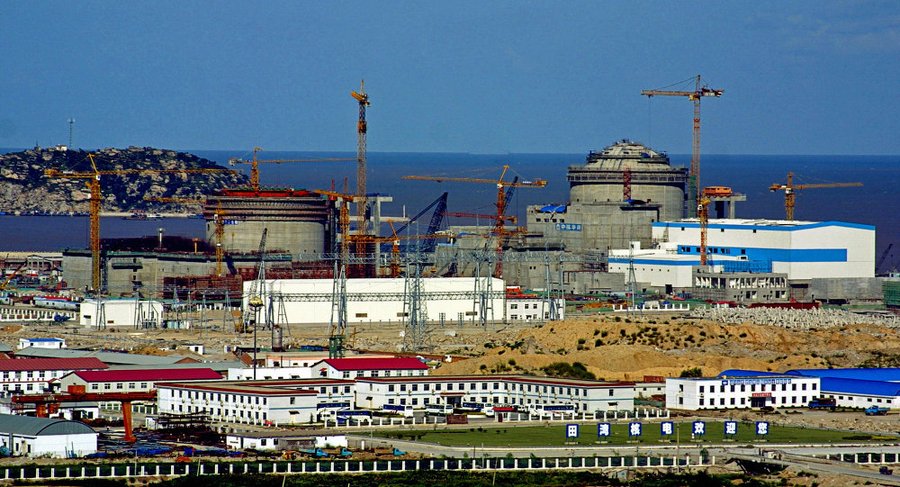
China began construction on Wednesday of four Russian-technology-powered nuclear generating units, which will have a reported combined power generation output of 37.6 billion kWh a year upon completion, reducing carbon emissions by 30.68 million tons.


Hong Kong gets much of its power from mainland China, in particular about 70% of the output from Daya Bay’s 1888 MWe net nuclear capacity is sent there. A 2014 agreement increases this to 80%. The Hong Kong government plans to close down its coal-fired plants, and by 2020 to get 50% of its power from mainland nuclear (now 23%), 40% from gas locally (now 22%) and 3% from renewables. Another option, with less import dependence, is to increase domestic generation from gas to 60%, and maintain mainland nuclear at 20%.
Hong Kong utility China Light & Power (CLP) has equity in CGN’s Daya Bay (25%) power plant, and was until 2013 negotiating a possible 17% share in Yangjiang. After considering equity in a further CGN nuclear plant, in October 2016 CLP Holdings Ltd successfully bid for a 17% share in Yangjiang Nuclear Power Co Ltd, in response to a CGN general invitation to tender.
Since 1994 Hong Kong has been getting up to one-third of its power from Daya Bay output, and this contract now runs to 2034. According to CLP data, nuclear power cost HK 47 c/kWh in November 2013, compared with 27 cents for coal and 68 cents for gas, which provides the main opportunity to increase supply. CLP supplies about 80% of Hong Kong’s power.

3-21-21 China’s energy security will remain the highest priority for state-controlled Saudi Aramco for the next half century at least. Aramco’s ambitions in China go beyond shipping crude and products. The company is looking for new opportunities for further investments in “integrated downstream projects to help meet China’s needs for heavy transport and chemicals, as well as lubricants and non-metallic materials”.

The yearly oil and gas equivalent weight of PetroChina’s Changqing Oilfield 中国石油长庆油田 exceeds 60 million tons, creating the highest annual output of domestic oil & gas fields, which sets a milestone of a super-large oil & gas field with yearly output of 60 million tons in China.
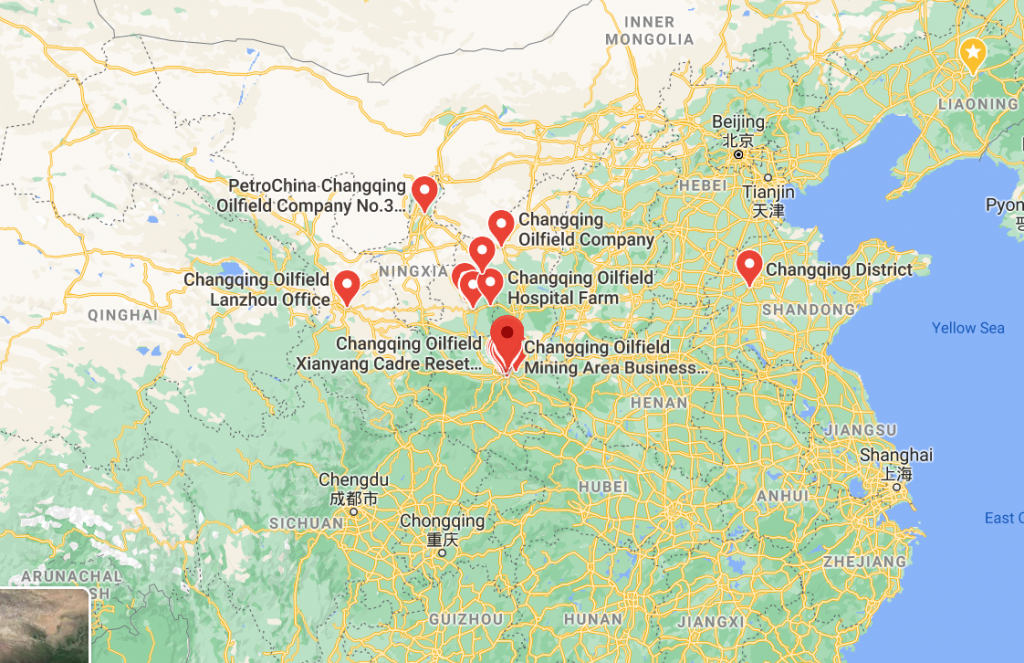

China has completed the world’s largest ultra-low coal-fired power plant emssions system, with coal consumption in energy mix dropping to 57.7%, according to Ministry of Ecology and Environment.

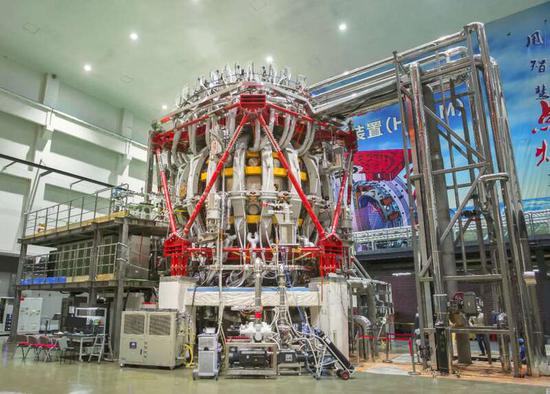

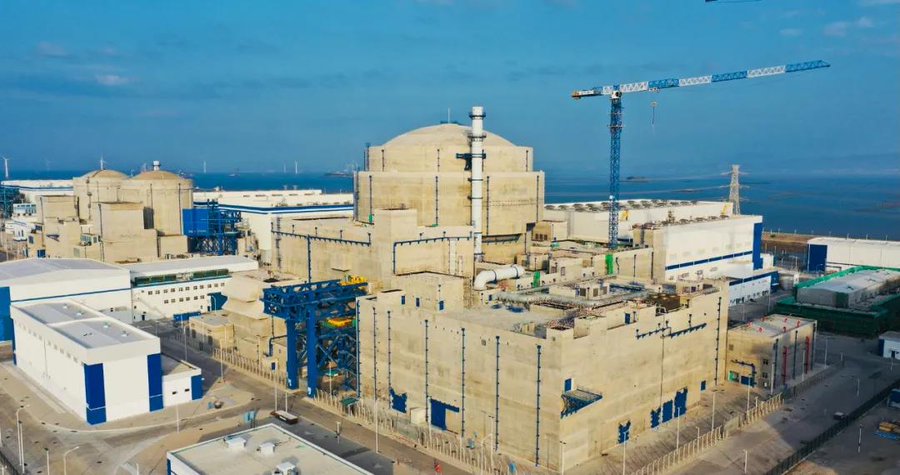
China’s first Hualong One 3rd-generation nuclear power plant in Fuqing, Fujian Province, achieved its first grid connection and power generation early Friday, breaking the foreign technology monopoly.

Australia is China’s largest supplier of thermal coal, providing up to 35 per cent of the mineral used for electricity generation. Australian exports of coking coal, which is used to make steel, surged by 67 per cent in the first half of 2020 as China embarked on an infrastructure led recovery from the coronavirus.

9-26-20 The China-built Cauchari photovoltaic solar project in Jujuy Province, Argentina, the largest solar project in the country was put into use on Sat. The project is to bring self-sufficient electricity and an annual income of $50 million to the province.
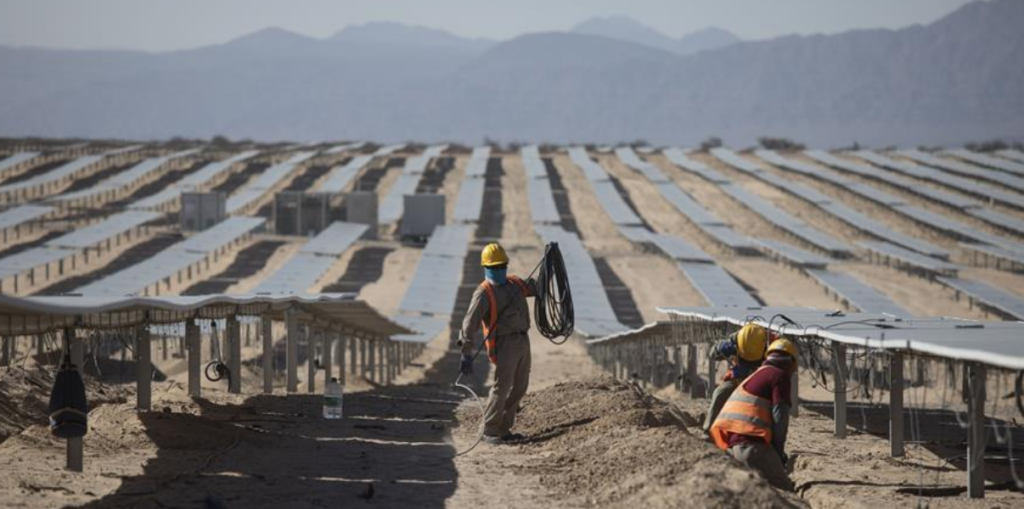
The 300MW Cauchari solar farm, with an estimated lifespan of 25 years, is expected to generate approximately 660GWh of clean electricity a year, which will be enough to power more than 160,000 households.
It is further planned for a 200MW expansion in the next phase to bring the total capacity to 500MW, which will be enough to meet the electricity needs of approximately 260,000 Argentine homes.

